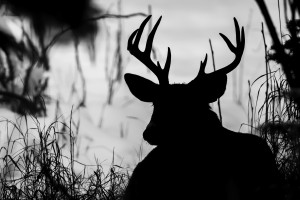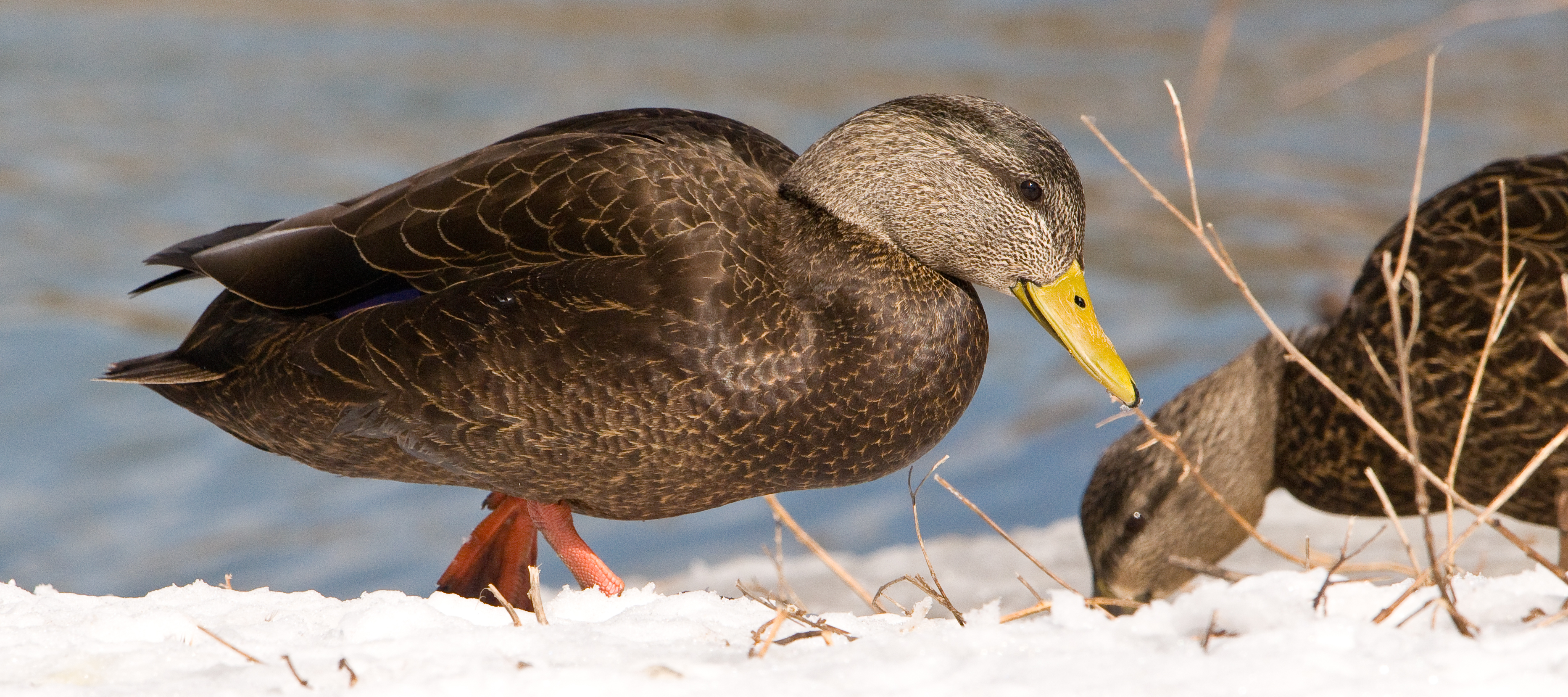Wild Winter
As winter grinds on inexorably, and (it seems) interminably, many wildlife species enter a period of increasing peril. As I write this, there are downstairs in the post-mortem room, a number of carcasses of waterfowl – swans, mergansers, a goldeneye and a grebe – thawing out, awaiting post-mortem. In all likelihood, what I will find are emaciated carcasses, devoid of fat, reduced in muscle mass, and without food in their gizzards and intestines. These are the typical findings in late winter and early spring mortalities.
Here is southern Ontario, we have both animals that are highly adapted to winter survival as well as many species that live here near the northern edge of their distribution. Some of the latter, such as the Virginia Opossum, are poorly adapted to the cold. Their rate of survival increases during warm winters and they extend their range a bit further northward; colder winters push them back toward the south. It is not unusual to see the occasional opossum that has survived a harsh winter with the tips of the ears and the tails lost to frostbite.

Photo: www.wormsandgermsblog.com
Other species with southern origins, such as the raccoon, are better adapted to winter survival. They have a strategy that involves depositing as much fat as possible in the autumn, then remaining as warm and inactive as possible in the winter, hoping that their fat lasts them until spring. Our considerate provision of warm shelters in the form of sheds, garages and attics, all within a more benign urban micro-climate, likely aids their survival.
Putting on fat and living off it all winter long is a fairly common strategy. It’s quite likely one that has been used by humans as well. In the early settler days in PEI, people talked of “making in through to the grass” and they were speaking not just of livestock, but people as well, particularly the elderly. The novel Random Passage, provides a fictional account of the perils of starvation during the early days of European settlement of Newfoundland, and gives a vivid description of how the arrival of whelping seals on the ice saved the people from starvation in late winter.
Part and parcel of the fat storage strategy is to minimize heat losses and energy expenditures in the absence of the intake of energy. Inactivity and huddling together for warmth among medieval French farmers is described in Malcolm Gladwell’s book Outliers. I have often wondered if the origins of the Christian ritual of fasting during Lent arose as a means of making a virtue of necessity. Food supplies most years were likely getting low by the time Lent arrived and it likely helped in allowing people to make it through to spring. Now, in the prosperous Western world, we have year-round availability of a variety of foods, and we have lost some sense of the seasonality of abundance and privation that tends to prevail in nature.
The waterfowl that are downstairs fit into a common pattern. As winter drags on and the areas of open water diminish, the birds that are trying to survive here tend to congregate in these areas. They may not be the best places to forage, but they may also be all that is available. If foraging is not productive, the birds will use up their energy stores. With luck, they will survive until more water and more foraging areas open up. If the weather remains cold and the ice stays, they will eventually succumb to starvation.
White-tailed deer, particularly pregnant does, are in a similar position. The fact that their existence sits on such a knife edge is emphasized by the fact that some will die, presumably from the effects of exhaustion, if forced by a predator to run through deep snow. When we see wildlife in these situations, in peril of starvation, the normal human response is to want to help. However, supplemental feeding of wildlife brings its own problems (see http://blog.healthywildlife.ca/?p=3207) and may do as much harm as good.
So, while we all wait eagerly for the coming of spring, for some creatures it’s more than a case of irritation with scraping windshields, shoveling snow and trudging through slush. It’s actually a question of life and death.
Article by CWHC Pathologist, Dr. Doug Campbell




